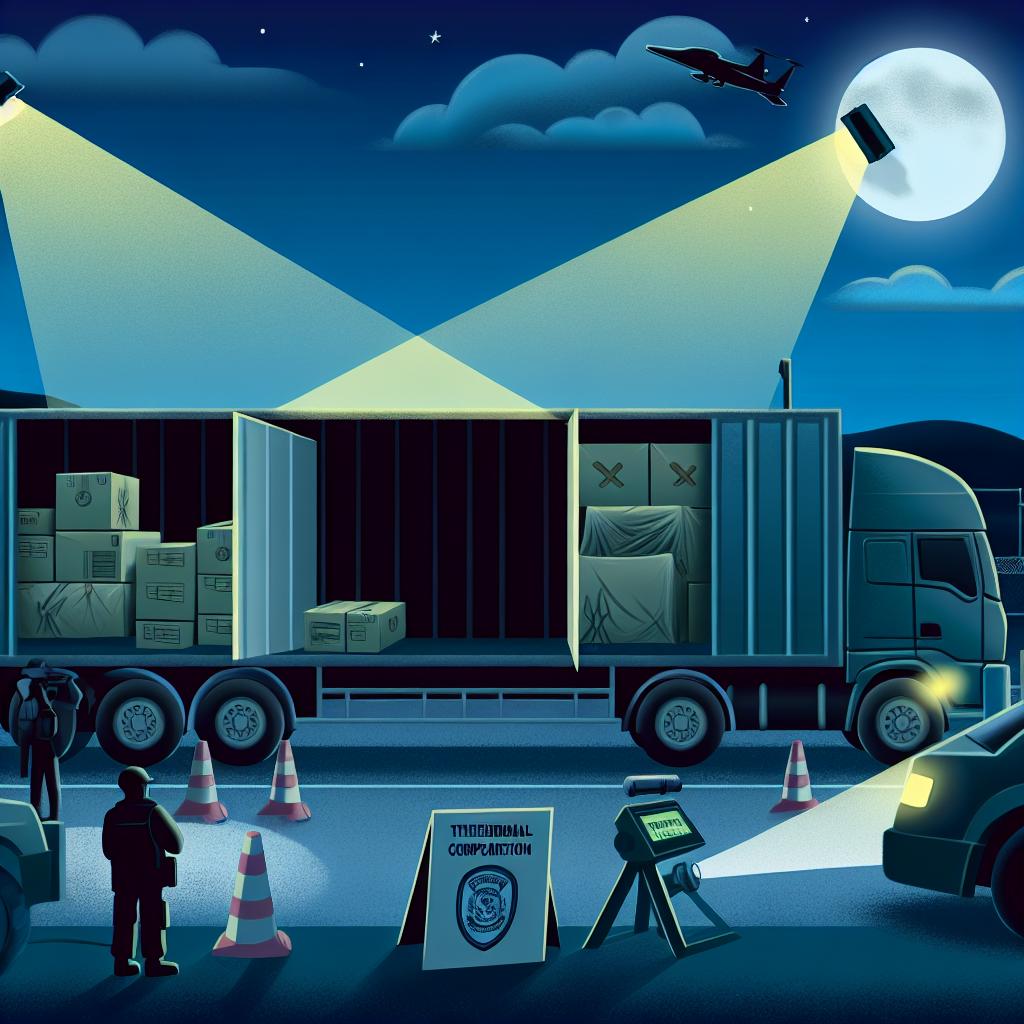Introduction
The smuggling of illegal drugs across international borders continues to be a pervasive issue with significant implications for the social, economic, and political landscapes of impacted countries. The complexity and sophistication of smuggling operations present unique challenges to law enforcement agencies striving to curb the illegal drug trade. This article delves into the myriad of techniques employed by smugglers, outlining how each method contributes to the continuation of this illicit industry and exploring potential strategies for prevention and enforcement.
Concealment Techniques
Concealment is a fundamental aspect of drug smuggling efforts. Effective concealment not only facilitates successful transportation across borders but also minimizes the risk of interception by law enforcement. Smugglers adopt an array of concealment techniques, constantly adapting and evolving these strategies to stay one step ahead of authorities.
Drug traffickers often disguise substances as legitimate goods to evade detection. For instance, drugs may be camouflaged within commercial products or packaged in parcels that seem innocuous. This tactic relies on misdirection, where the legitimate appearance of a package or item reduces the likelihood of thorough inspection. An additional layer of deception is achieved through double-layered packaging, where one layer acts as a decoy, drawing attention away from the true contraband.
Body Packing and Ingestion
Among the boldest and most perilous smuggling techniques is body packing, where individuals, often referred to as “mules,” ingest drug-filled capsules to transport substances across borders. This method is particularly insidious due to its low detectability. Despite the substantial health risks involved, such as potential capsule rupture or overdose, body packing remains a viable option for smugglers due to its effectiveness at circumventing detection during routine inspections. This technique exemplifies the lengths to which individuals are willing to go in order to facilitate drug trafficking.
Use of Vehicles
Automobiles, trucks, and boats are frequently utilized in drug smuggling operations due to their ability to move large quantities of drugs overland or via waterways. Smugglers often modify these vehicles to include hidden compartments, intricately designed to conceal their illicit cargo. These hidden spaces may involve false bottoms, hollowed-out panels, or elaborate hydraulic lifts designed to maximize space without detection. As technology evolves, so too do the methods employed by drug traffickers to create even more sophisticated and discreet hiding places within vehicles. Law enforcement agencies are in a constant battle of wits, developing new technologies and techniques to identify these hidden compartments and intercept the illegal goods they conceal.
Aerial Routes
For smugglers willing to invest substantial resources, aerial routes offer another potential avenue for transporting drugs. Small aircraft and drones have been deployed to bypass traditional border checks, often dropping packages in isolated areas where they can be retrieved at a later time. This method, though high-risk due to advanced surveillance technology and airspace monitoring, highlights the audacity and innovation of drug traffickers. These aerial operations require significant planning and resources, underscoring the determination of smuggling networks to exploit all possible channels to distribute drugs.
Maritime Smuggling
The vastness of the world’s oceans and their dense traffic make maritime routes a particularly inviting option for drug smugglers. Many innovations in this sphere involve the use of submersibles and semi-submersibles—vessels designed to travel just below the water’s surface, making them less detectable on radar. These maritime vessels can transport significant quantities of drugs, reducing the number of trips needed and, consequently, the risk of interception. In addition to these specialized vessels, legitimate commercial shipping is occasionally co-opted into smuggling operations. Drugs can be ingeniously integrated into legitimate cargo, taking advantage of the sheer volume of goods being transported to reduce the chances of thorough inspection.
Digital Smuggling of Information
While not involving the physical transportation of drugs, the digital smuggling of information plays a crucial role in modern drug trafficking. The use of encrypted communications and the dark web enables traffickers to coordinate and manage their operations with relative anonymity. By utilizing these digital channels, smuggling networks can efficiently organize logistics, communicate without detection, and adapt quickly to changing circumstances. This shift towards digital operations has transformed the way smuggling networks function, complicating efforts by authorities to infiltrate and disrupt these organizations.
Conclusion
The smuggling of drugs across borders is a complex criminal endeavor that is continually evolving in response to enhanced detection and interception methods. As authorities develop new technologies and strategies to combat smuggling, traffickers are equally innovative in adapting their operations. Addressing this ongoing challenge requires not only cutting-edge technology and robust strategic enforcement but also international cooperation and a comprehensive understanding of the multifaceted methods employed by traffickers. Only through a concerted global effort can tangible progress be made in diminishing the impact of the illegal drug trade on communities and economies worldwide. For more information on global efforts to curb drug smuggling, visit this link.





